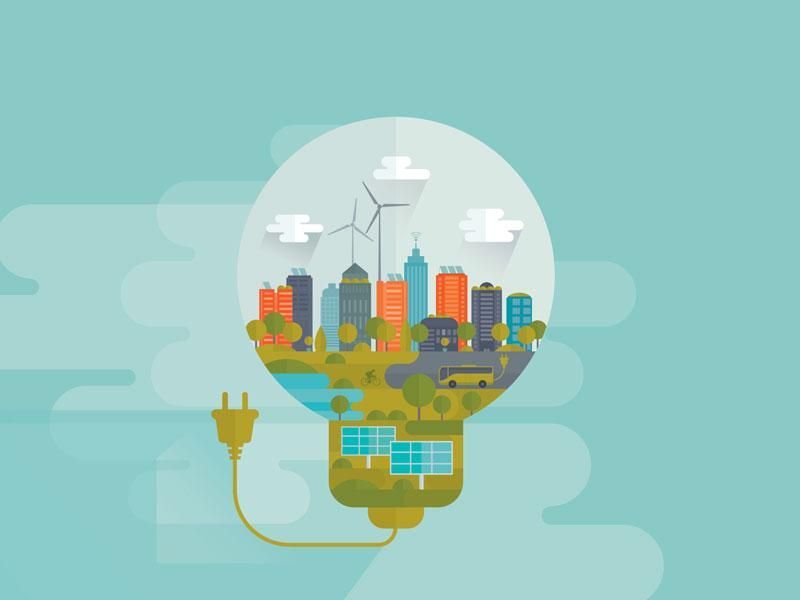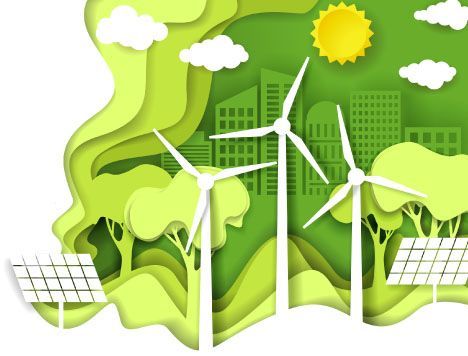The renewable energy market in India has been flourishing, and until 2030, 35 to 40 GW of renewable energy will be added annually, which is enough to power up to 30 million homes. The global renewable energy sector will continue to grow steadily at a rapid pace. A report published by the International Energy Agency (IEA) points out that renewable energy is expected to account for 90% of the increase in global power capacity by 2025. Moreover, the falling costs of the wind and solar renewable technologies will also drive the growth of the renewable energy sector.
Sustainable development awareness is another renewable energy industry growth driver. Clean energy and carbon reduction are becoming more important to governments, businesses, and individuals. Awareness has spurred renewable energy policies and incentives. India's renewable energy capacity is dominated by solar, wind, and hydropower. India has invested heavily in bioenergy, particularly biogas and biomass.
The Indian government has been instrumental in driving the growth of the renewable energy industry in the country, through initiatives such as the National Solar Mission and the National Wind Mission. These initiatives provide financial incentives and regulatory support for renewable energy projects, making them more attractive to investors. India’s announcement that it plans to reach net zero carbon emissions by 2070 and to meet 50% of its electricity needs from renewable sources by 2030 marks an important turning point in the global fight against climate change.















